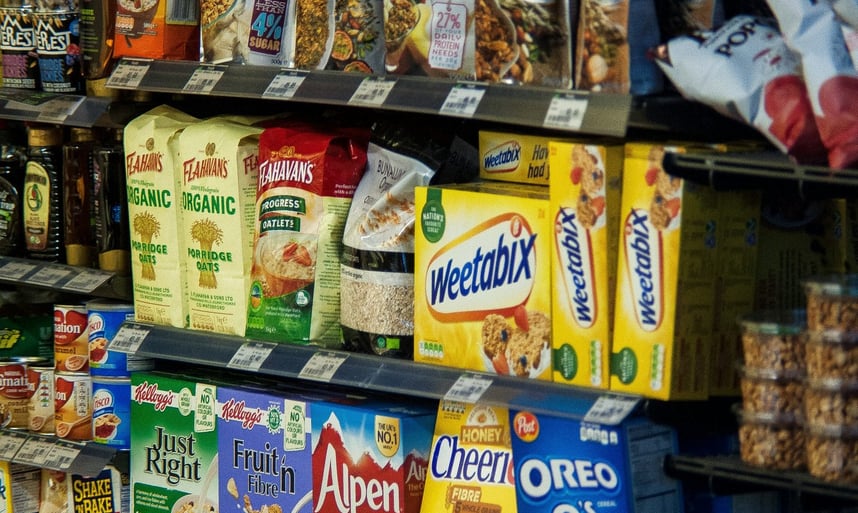Tariff Shock Fades as Consumer Mood Jumps; Inflation Fears Subside
ECONOMY


Sentiment Indexes Post Their Largest Monthly Gain Since Early 2021
American households snapped back from April’s tariff‑induced malaise, according to preliminary June data from the University of Michigan’s Surveys of Consumers. The headline sentiment index climbed to 60.5, far above the Dow Jones consensus of 54, marking a 15.9 % month‑over‑month surge. Beneath the headline, the current conditions gauge advanced 8.1 %, while the expectations measure vaulted 21.9 %. Survey director Joanne Hsu attributed the rebound to “a cooling in tariff rhetoric and signs of constructive engagement” between Washington and Beijing during a 90‑day negotiation window that began in early April.
Although June’s reading remains well below year‑ago levels—when the index hovered in the low 70s—it registers the sharpest one‑month improvement since consumers emerged from pandemic‑era lockdowns in early 2021. Household assessments of personal finances improved on both income growth and easing price anxiety. Roughly 37 % of respondents now expect their financial situation to improve over the next year, up from 29 % in May, while the share anticipating worsening conditions fell to 32 % from 41 %. The bounce was broad‑based across age, income, and education cohorts, suggesting April’s shock effect is fading.
Even so, Hsu cautioned that “wide‑ranging downside risks” persist in consumers’ minds, including fresh geopolitical flashpoints in the Middle East, the possibility of renewed tariff escalation should talks stall, and lingering concerns about housing affordability. Nearly half of homeowners surveyed said they expect mortgage rates to remain at or above current 7 % levels through year‑end, limiting prospects for a housing‑led confidence boom.
Inflation Expectations Retreat but Stay Above 2024 Lows
Parallel to the sentiment rebound, the survey’s one‑year inflation outlook fell to 5.1 %, down 1.5 percentage points from May and its lowest level since late 2023. The five‑year expectation edged down to 4.1 %, a marginal 0.1‑point decline. June’s pullback partially reverses April’s spike, which saw short‑term inflation expectations touch levels not seen since 1981—the tail end of America’s last inflation shock.
Respondents cited slower price gains for gasoline, groceries, and household appliances, as well as White House assurances that the 90‑day tariff pause would prevent immediate sticker‑shock. The Michigan findings echo this week’s Bureau of Labor Statistics release, which showed headline consumer prices rising just 0.1 % month over month and a matching 0.1 % increase in producer prices. Still, inflation expectations remain above the sub‑4 % range recorded in late 2024, underscoring skepticism that global supply chains will remain insulated from trade policy disruptions.
Fed officials, who begin their two‑day policy meeting on Tuesday, have long warned that an up‑creep in consumer expectations could entrench higher wage demands and prolong above‑target inflation. While the Fed’s preferred inflation gauge—the personal consumption expenditures index—sits at 2.8 %, policymakers want to see clearer evidence that both realized inflation and expectations are on a sustainable glide path toward 2 %. Market‑implied breakeven rates for five‑year inflation have slipped to 2.35 % but remain elevated by pre‑pandemic standards.
Tariff Truce Eases “Mutual Assured Annoyance” Between Washington and Beijing
Behind June’s improved sentiment lies a détente in the trade war narrative. After dubbing April 2 “Liberation Day” for U.S. industry and threatening additional 10‑percent tariffs on all remaining Chinese imports, President Donald Trump reversed course and agreed to a three‑month negotiating stand‑down. Commerce Secretary Howard Lutnick characterized the earlier standoff as “mutual assured annoyance,” noting that Beijing’s slowdown in rare‑earth exports had prompted Washington to restrict visas for Chinese STEM students.
Since then, rhetoric from both capitals has cooled. Working teams in London and Geneva have exchanged revised tariff schedules and—in a surprise concession—China has reportedly pledged to expedite U.S. applications for rare‑earth magnets critical to electric vehicles and defense systems. Officials confirmed that the existing 30 % blanket tariffs plus 25 % product‑specific duties will remain through the talks, but no fresh levies will be added during the truce period.
Consumers appear to be taking the White House at its word: the Michigan survey recorded a nine‑point drop in the share of respondents expecting “large additional tariff hikes” in the next six months. Still, Hsu noted that one in three households remains “highly uncertain” about the durability of the truce, a reminder that confidence gains could reverse swiftly if negotiations falter or if corporate headlines highlight renewed supply‑chain stress.
Implications for Federal Reserve Policy and Retail Outlook
Softening inflation expectations and improving sentiment have not gone unnoticed on Constitution Avenue. White House advisers, citing benign CPI and PPI prints, have ratcheted up public pressure on the Fed to resume rate cuts that stalled last December. President Trump repeated calls this week for Chair Jerome Powell to “get ahead of deflationary risks” and reduce borrowing costs for businesses and households.
Market pricing, however, suggests the Federal Open Market Committee will leave its benchmark rate unchanged at 5.25 %–5.50 % next week, with futures assigning a 75 % probability of the first cut coming in September. Analysts at Barclays argue that any dovish pivot will require “several additional months” of subdued inflation and stable long‑term expectations, while Goldman Sachs economists caution that an upside surprise in commodity prices—especially if Middle East tensions escalate—could delay cuts into 2026.
Retailers will watch sentiment momentum closely. University of Michigan data show purchase plans for durable goods rebounded, with the share expecting to buy a major household item rising to 26 % from 20 %. Auto purchase intentions gained modestly, buoyed by dealer incentives and a slight uptick in used‑car supply, though high loan rates continue to temper enthusiasm.
Walmart and Target executives, in earnings calls last month, flagged tariff uncertainty as a risk to holiday‑season margins but noted that stable gasoline prices and moderating food inflation support discretionary spending. The National Retail Federation projects nominal sales growth of 2.8 % for the second half, assuming no abrupt tariff escalation.
